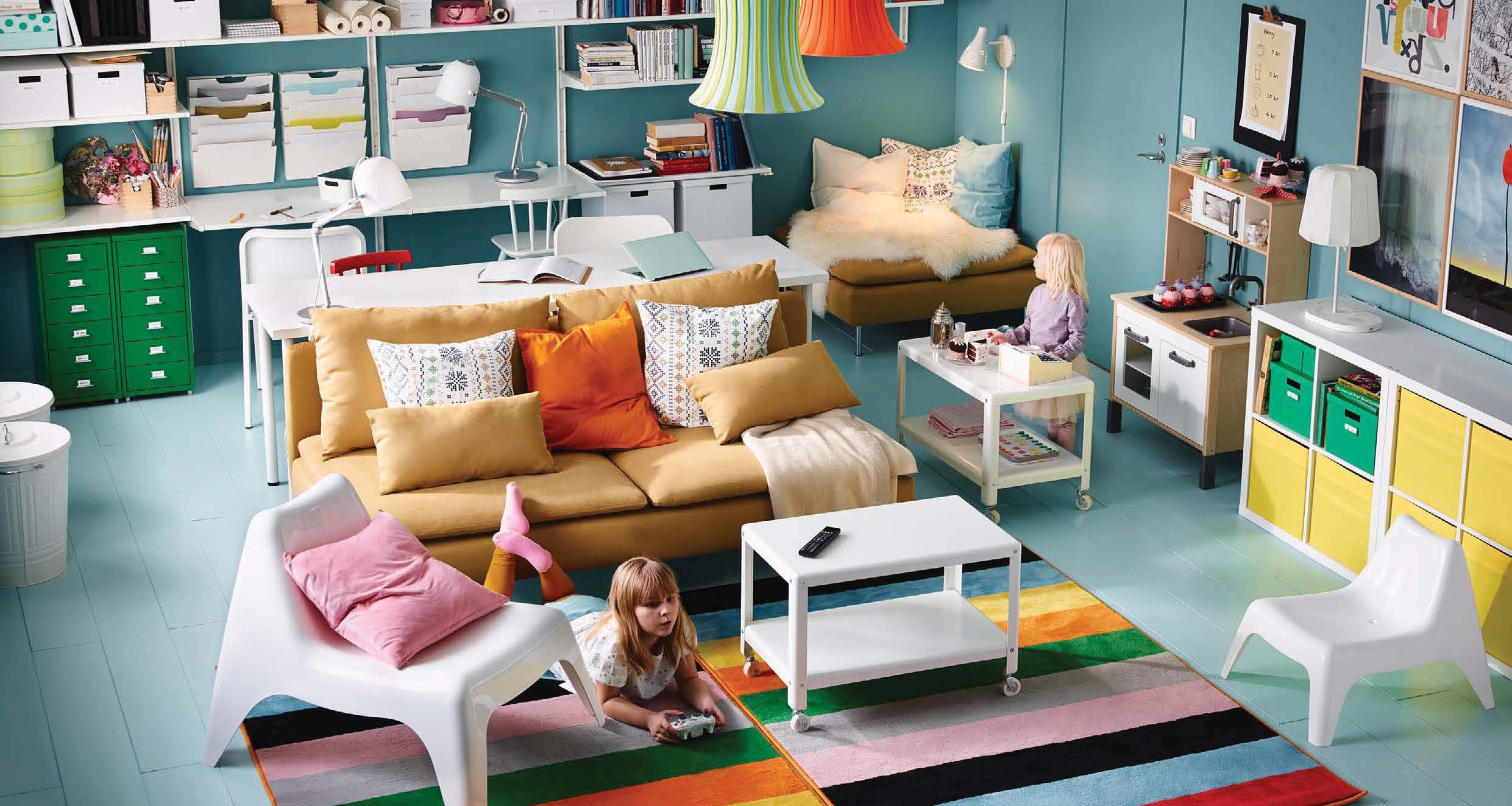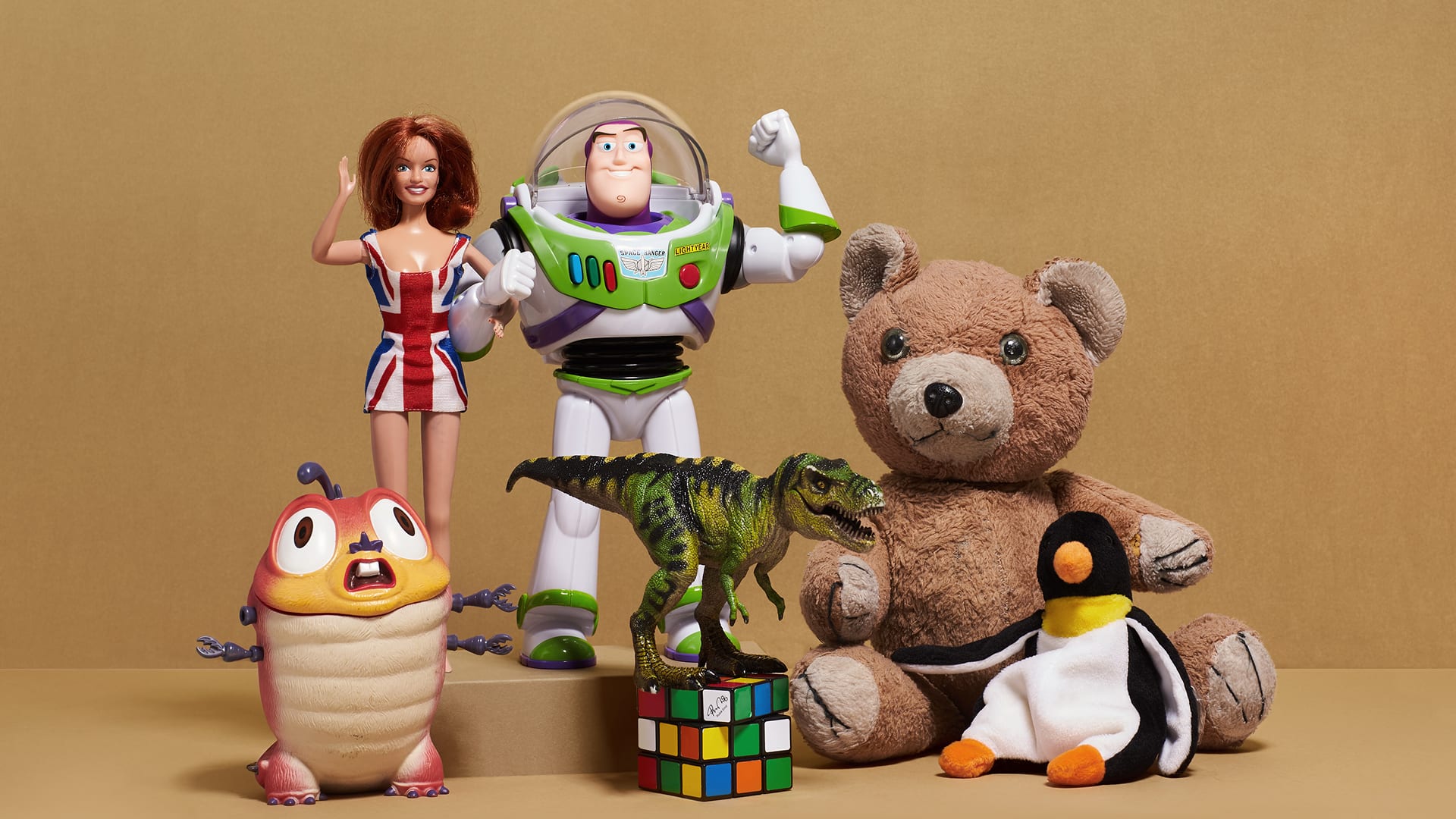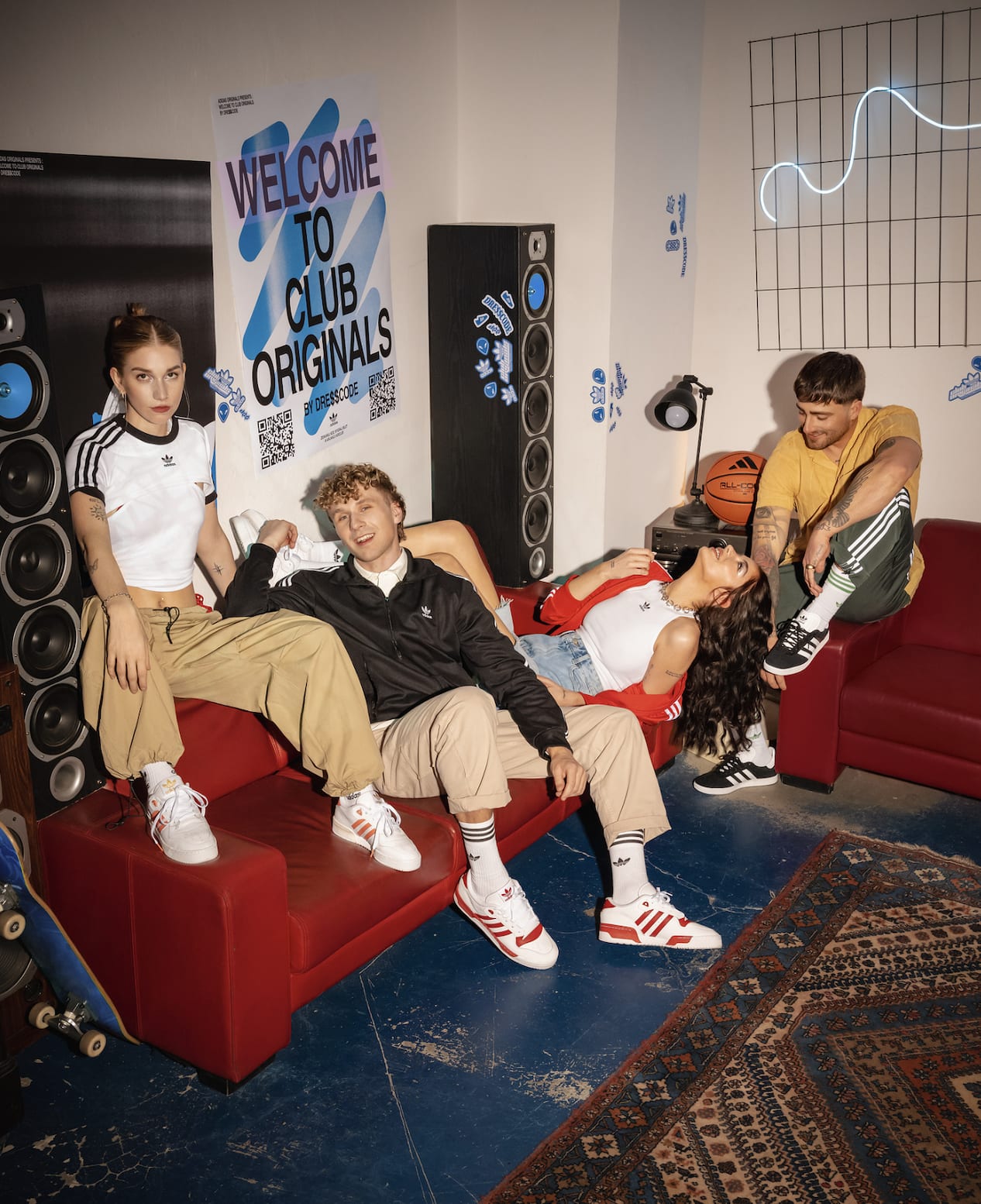Trends
Trends for 2018: Digital Innovation
Charlotte Dawson
19/01/18

Digital trends and innovations set to have an impact across 2018
Digital trends and innovations are set to have a huge impact across 2018. As the line between online and physical stores continue to blur, we share the biggest innovations which we are utilising to help our clients meet their potential #BricksAndClicks
Information Experience
Enhancing the information experience is a trend which has seen much traction in the last 3 years, using Digital Systems to engage with the consumer and educate them prior to a purchase.
RFID tags are a perfect catalyst for triggering Digital experiences, using the low cost wireless frequency tags applied to products around a store they can interact with LED walls, touch screens, till points or magic mirrors in changing rooms.
Nike are one brand harnessing the interactive abilities of the RFID Information Touch Screen. By placing the Nike shoe onto the screen, customers can learn more about the product in an interactive and engaging way.
RFID Magic Mirrors are another way to engage consumers in-store. When taking an item into the fitting room, the RFID is able to recognise the item and recommend additional options from the stores database.
3D Projection
Retail stores are taking their window displays to the next level by using 3D projections and tracking cameras to be able to select a product and move it into a 3D space. This gives the customer the ability to investigate a product without entering a store and creates stand out on the busy high street.
This example of a 3D projection shows how kinetic gesture mapping can create an interactive window display.
Shop and Go…
Amazon shop and go store is completely innovative retail concept which is totally tech driven, with no checkout wait or traditional payment system. Consumers enter the store, select their chosen products and payment is calculated and automated through an Amazon app when they leave.
This is in beta test in a store in Seattle and currently only for the use of Amazon employees, but it seems that China is catching up…
BingoBox uses QR codes and Web Applications for entry and image capture to assess payment which will change the convenience store design of the future.
AR and VR
The 2016 IKEA catalogue app features Augmented Reality, where consumers are able to see how products look in their own homes prior to ordering.
Buy+ have taken this one step further offering the first complete VR shopping experience. Customers can watch how everything from perusal to purchase takes place inside a VR environment.
Bricks , Mortar and Big Data
The online world has been benefitting from Google Analytics for a long time and now they physical retail environment is tapping into the big data on its customers using various methods.
The data collected includes everything from the amount of people in store to their age, ethnicity and gender. This is all about understanding foot traffic and serving consumers more appropriately.


